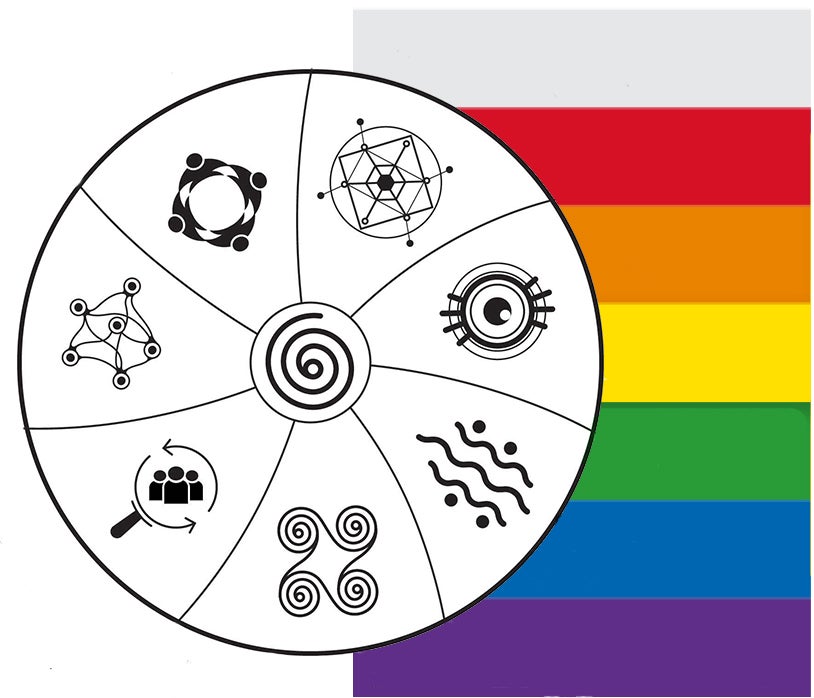This 6-part toolkit provides guidance on how to monitor and evaluate children's participation in programmes, communities, and in wider society. It promotes participatory approaches to involve children in the monitoring and evaluation process. It includes indicators and tools with which to measure the work that is being undertaken, including:
- 25 indicators to help map the extent to which children's participation is institutionalised
- tools designed to help monitor and evaluate the scope, quality, and outcomes of children's participation
- a 10-step guide to help undertake a participatory monitoring and evaluation process
The following information was provided to BetterEvaluation by Jessica Noske-Turner as part of the Evaluating C4D Resource Hub.
The Evaluating C4D Resource Hub sits within BetterEvaluation and houses a growing collection of the available guides, toolkits, tools and methods to use for research monitoring and evaluation (R,M&E) of Communication for Development (C4D) initiatives. The Hub is structured around two combined frameworks:

C4D Evaluation Framework (represented by the circle) is an approach. It describes the values and principles that guide our decisions in C4D.
The BetterEvaluation Rainbow Framework (represented by the rainbows) is a structure. It organises the practical tasks into seven categories or 'clusters' and provides methods.
While the resource recommendation below discusses the resource specifically in relation to its usefulness for evaluating C4D within the Evaluating C4D Resource Hub's C4D Framework, this resource may also be of use for people working in other contexts and with different frameworks.
Authors and their affiliation
Gerison Lansdown and Claire O’Kane
Key features
The quality and outcomes of participation is a notoriously difficult thing to evaluate. This resource responds to some of those specific challenges, which will be useful for people working in communication for development (C4D) and other areas that intersect with participatory communication approaches. This includes tools to measure the quality and outcomes of children's participation (Booklet 3), a step-wise guide (Booklet 4) and a collection of tools and methods that are particularly suited to doing M&E with children (Booklet 5).
How have you used or intend on using this resource?
This resource has been identified as particularly useful for evaluating of communication for development. It was identified as part of a research project in collaboration with UNICEF C4D.
Why would you recommend it to other people?
This tool is recommended for C4D and related areas of practice, and is consistent with the C4D Evaluation Framework in the following ways:
- participatory: as with the C4D Evaluation Framework, the Toolkit for Monitoring and Evaluating Children's Participation advocates for a participatory approach to the M&E to include children, on the basis that this is in keeping with the overall approach of the nature of the program. This principle is embedded across all sections of the toolkit. To take this a step further, some of the tools could be used in earlier stages in order to get children's input into 'what success looks like' which could feed into the conceptual framework and indicators (Booklet 3)
- realistic: although high levels of children's participation in M&E always has implications in terms of time, budgets and other resources, the toolkit includes many flexible and very doable tools and methods.
- critical: the toolkit, especially the step-wise section (booklet 5) ensure that the M&E plans are specific about which groups (girls, children with disabilities, etc.) are to be included. It is important to consider inclusion, power and voice in the implementation of all stages of a participatory M&E approach.
- learning-based: Action learning processes are covered in step 10 in the step-wise section (booklet 4), and earlier steps encourage planning around the timing of M&E activities in Step 5 on developing, or integrating into and existing, an M&E plan.
Sources
Lansdown, G. and O’Kane, C., 2014. A toolkit for monitoring and evaluating children’s participation. https://resourcecentre.savethechildren.net/document-collections/toolkit-...
'A toolkit for monitoring and evaluating children's participation ' is referenced in:
Framework/Guide
- Communication for Development (C4D) :